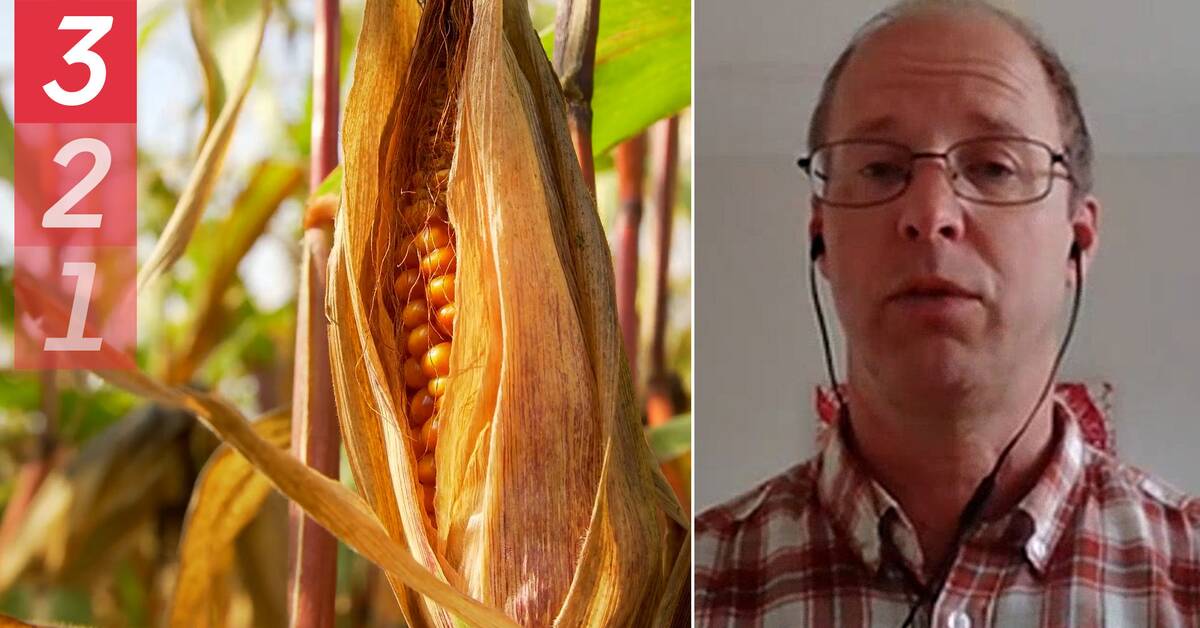Warmer temperatures can benefit Swedish agriculture, says Markus Hoffman.
It may sound cynical, he points out, because extreme drought or torrential rains have serious consequences for people, farmland and food production worldwide.
- The EU's expert authorities have assessed that the conditions for cultivation will generally be better in northern Europe and worse in the south.
Some of the arable land around the Mediterranean is predicted to become so dry that it will no longer be possible to cultivate and then we are lucky that it rains here.
Rediscovering old farming methods
Rainfall in combination with warmer temperatures can extend the growing year in Sweden with milder autumns and an earlier start to the season.
This allows the crops to receive more sunlight, leading to larger yields.
Hoffman believes that we can already see signs of that today when crops such as soybeans, corn and grapes, which usually thrive in warmer climates, can now be grown in Sweden.
Predicting exactly how climate change will affect agriculture is difficult, he believes.
- When it comes to cultivation, it is often about water, either too much or too little.
If there is a lot of drought, we are not very well equipped, for example, we have difficulty reaching out with irrigation to a large part of the arable land.
Also entails risks
Line Gordon, professor of sustainable development science at Stockholm University and director of the Stockholm Resilience Center, agrees that northern Europe is one of the regions that will best cope with the future climate.
At the same time, the changes entail risks, also for us in the north, she says.
- We will probably need more irrigation than before, then it will be warmer and even drier in parts.
We may get an overall increase in precipitation, but at the same time the risk of drought increases.
Then we need to expand irrigation, which in turn can lead to other problems such as increased conflicts over water resources.
In addition, there are uncertainties about how, among other things, insects and pathogens will be affected by climate change.
- When the climate zones change, insects and pathogens also change patterns.
That type of risk may increase and it is difficult to know how it will play out, says Gordon.
Watch the clip to hear Markus Hoffman's scouting about which crops we will see more of in Sweden in the future.

